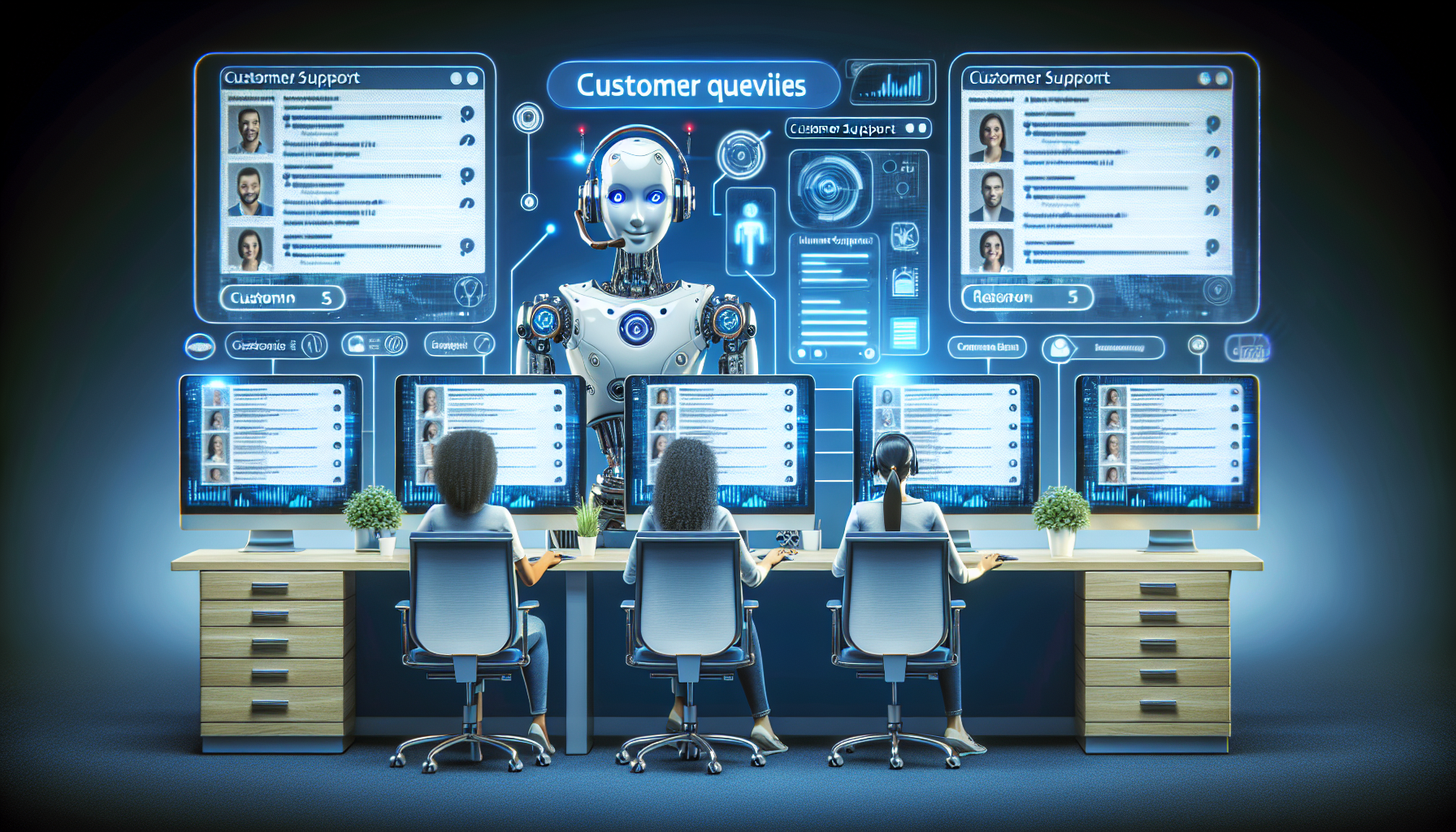Understanding Customer Support Needs
To effectively utilize chatbots in customer support, it is essential to first recognize the evolving expectations of customers. Today’s consumers demand quick responses, personalized interactions, and 24/7 service availability. This evolution highlights a need for businesses to streamline their support processes to remain competitive while also enhancing customer satisfaction.
Defining the Role of Chatbots in Customer Support
Chatbots are software applications that facilitate automatic conversations with users via text or voice interactions. They serve various functions in customer support, including answering frequently asked questions, providing product recommendations, assisting with order tracking, and gathering customer feedback.
Types of Chatbots
-
Rule-Based Chatbots: These bots follow predefined scripts and can only respond to specific queries. They provide quick answers to common questions but can struggle with complex issues that require nuanced understanding.
-
AI-Powered Chatbots: Leveraging natural language processing (NLP), these bots can understand context and learn from interactions. They can provide tailored responses, making them a more robust option for handling a wider range of inquiries.
-
Hybrid Chatbots: Combining aspects of rule-based and AI-powered chatbots, hybrid systems can transition from automated responses to human agents when required, ensuring seamless support.
Key Benefits of Using Chatbots
-
24/7 Availability: Chatbots operate around the clock, providing customers with immediate assistance outside of normal business hours.
-
Cost Efficiency: By automating repetitive tasks and inquiries, businesses can significantly reduce operational costs and optimize staff resources.
-
Scalability: Chatbots can simultaneously engage with multiple customers, scaling support capabilities without proportional increases in staff.
-
Faster Response Times: Chatbots can instantly answer queries, which reduces wait times and improves customer satisfaction.
-
Data Collection and Analysis: Chatbots can gather valuable customer data and insights, helping businesses tailor their services and improve their products.
Best Practices for Implementing Chatbots
-
Identify Use Cases: Define the key functionalities your chatbot will serve. Focus on areas like FAQs, order inquiries, and appointment scheduling. Understanding the primary customer pain points will guide effective chatbot implementation.
-
Choose the Right Technology: Invest in chatbot technology that aligns with your business needs. Options vary in complexity and cost, so evaluate platforms based on their capabilities, integrations, and user-friendliness.
-
Integrate with Existing Systems: Ensure that the chatbot integrates seamlessly with your customer relationship management (CRM) systems, e-commerce platforms, and databases. This connectivity allows for comprehensive responses and enhances the quality of interactions.
-
Design Conversational Flows: Create intuitive and engaging conversational flows. Structure dialogues to enable natural and logical discussions. Careful attention to phrasing and response options can prevent user frustration.
-
Personalization: Utilize customer data to personalize interactions. Address customers by name and provide relevant product suggestions based on their previous interactions.
-
Escalation Procedures: Develop clear protocols for handling complex queries. If a chatbot cannot resolve an issue, ensure that the customer can easily be transferred to a human agent.
-
Continuous Learning and Adaptation: AI-powered chatbots should be regularly trained to improve their understanding and responses. Analyze conversations to identify common issues and update the bot’s knowledge base accordingly.
Testing and Optimization Strategies
Conduct testing and gather feedback to refine your chatbot’s performance. A/B testing different conversational paths can reveal what resonates best with users. Engage with customers through surveys to gain insights into their experiences and perceptions, making necessary adjustments to improve service quality.
Metrics to Measure Success
-
Response Time: Monitor how quickly the chatbot can generate answers. Aim for minimal wait time to enhance user experience.
-
Resolution Rate: Track how often the chatbot successfully resolves queries without human intervention. A higher resolution rate indicates effective problem-solving capabilities.
-
Customer Satisfaction (CSAT): Gather feedback post-interaction to assess how satisfied users are with the chatbot’s assistance.
-
Engagement Metrics: Analyze interactions, including the number of users engaged, messages exchanged, and repeat visitors. This data informs the chatbot’s effectiveness in drawing customers back to your service.
-
Cost Savings: Evaluate operational costs associated with chatbot implementation. Compare these against customer service spending before implementation to gauge financial impact.
Enhancing User Experiences
To optimize customer interactions with chatbots, ensure the user interface is intuitive and the interaction feels human-like. Enhance engagement by incorporating elements like emoji responses or contextual images to make interactions more enjoyable.
Compliance and Data Security
As chatbots gather and process user information, it’s vital to comply with data protection regulations, such as GDPR or CCPA. Clearly define how customer data will be managed, implemented encryption standards, and ensure customers can easily access or delete their data if requested.
Future Trends in Chatbot Technology
Stay updated with the latest trends in chatbot technology. Innovations, such as voice recognition and enhanced sentiment analysis, continue to broaden the capabilities of chatbots. As businesses look to provide increasingly personalized experiences, developments in AI will pave the way for more advanced automated customer support systems.
Conclusion
The strategic use of chatbots can vastly improve customer support efficiency. By understanding customer needs and implementing chatbots effectively, businesses can enhance user experiences, reduce costs, and stay ahead in a competitive market. Prioritizing best practices in chatbot deployment will not only optimize operational capabilities but also lead to a more satisfied customer base.


